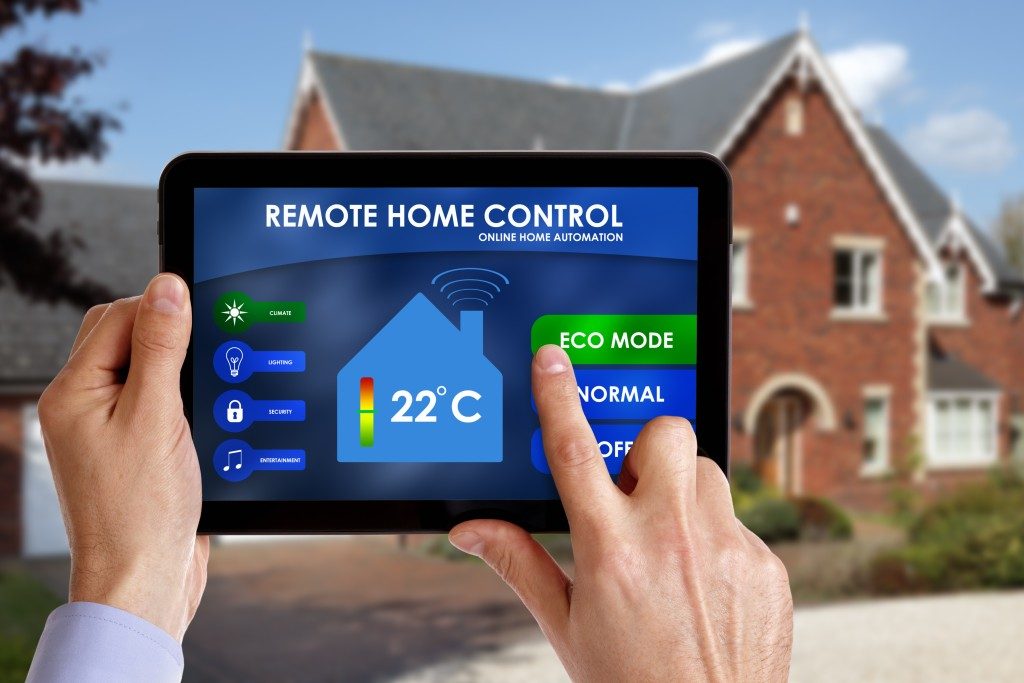Most industrial operations need different sources of power. Regardless of their power source, the machines in your industry will generate different levels of heat. You need a control system for all types of industrial heating systems to prolong the life of your heater and increase the safety levels of your industry. The control system will also boost the performance and accuracy of your machines. If temperatures fall below or exceed a specified operating range, your systems might fail, thus causing additional production costs and extended downtime and increasing your labor costs. Using drum heaters are common in an industrial setting. Immersion, tubular, duct, ring, and strip heaters will suffice for most industrial processes. Regardless of the type of heater you choose, you will need an effective temperature control system. Here are your options for temperature control in industrial heating systems:
PID Controls
These are three-mode control options that comprise proportional, integral, and derivative (PID) actions for the provision of an accurate and stable temperature control. The derivative and integral actions of a PID control make it an ideal pick for complicated thermal systems. PID controls will accept inputs from various sensors such as thermocouples and resistance temperature detectors (RTDs). The voltage these controls will output can be used for the control of several devices including mercury displacement relays (MDRs) and electromechanical contactors.
Bulb-and-Capillary Thermostats
These are temperature control systems that are easy to operate. They are suitable for industrial applications that do not need a highly accurate temperature control. They have a fluid that expands with a temperature rise. The fluid’s expansion will trigger an off switch as the temperature of the industrial process reaches the highest set one. When the fluid cools, a switch will be turned on, which in turn switches on a control voltage in your electromechanical relay or MDR.

Micro-temperature Controls
These are lightweight, small, and compact controls used in restrictive and tight industrial areas and machines with thin, flexible heaters. They are fitted to your existing machines at no extra cost and without the need to change your original circuit layouts. Micro-temperature controls have on/off temperature controls and time intervals with at least 10,000 specifications.
Four-phase Temperature Controls
These feature four power and time settings. The time settings are set in intervals of eight, four, two, and one hour, and the power settings are set at intervals of 100%, 75%, 50%, and 25% respectively. Four-phase temperature controls are compatible with DC and AC voltages. They can also be used with multiple types of industrial heaters.
Digital Controls
These are designed for applications that call for precise temperatures. The temperatures in digital controls are controlled within a degree of your desired temperature and can be set to 30 minutes to 24 hours. Digital controls are suitable for the heaters in room heating, end-product applications, and lab testing.
The right control systems for your heater makes a significant difference in your industry. However, it might be a challenge to match your heater and temperature control if you buy them from different suppliers. The prudent choice for your application would be getting both from one supplier.
